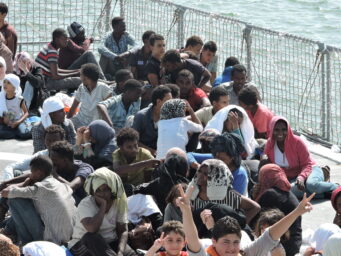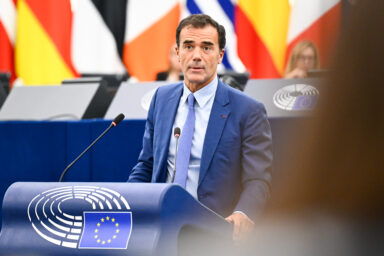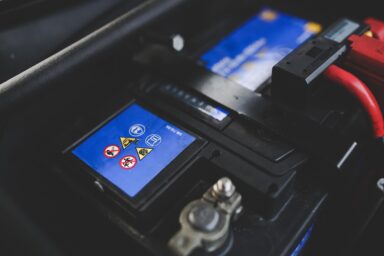European transportation grid requires a massive shot in the arm to withstand the pressures of a possible war, claims Apostolos Tzitzikostas, EU transport commissioner. But even the much-needed overhaul is fraught with pitfalls, critics say.
Europe’s roads, bridges and railways are unfit to transport tanks, troops and military supplies swiftly in the event of conflict with Russia, says Apostolos Tzitzikostas, European Commissioner for Sustainable Transport and Tourism. If Nato forces were mobilised to counter an invasion from the east, heavy armour would clog tunnels, collapse ageing bridges and stall at bureaucratic borders, he told Financial Times.
Old, narrow, and nonexistent bridges
With this in mind, Mr Tzitzikostas is pushing for €17bn to overhaul the continent’s transport networks for military mobility. “We have old bridges that need upgrading, narrow bridges that need widening, and nonexistent bridges that need building,” he said. The Greek commissioner stressed that Europe’s defence hinges on rapid troop deployment. “Today, moving military equipment from western to eastern Europe takes weeks – in some cases, months.”
Much of Europe’s infrastructure was never designed to bear the weight of modern armies. Roads typically accommodate lorries up to 40 tonnes; a battle tank can exceed 70 tonnes.
The bloc now aims to cut troop-movement times to “hours, at most days” by upgrading 500 critical projects along four transcontinental military corridors. These plans, developed with Nato and its commanders, remain classified for security. Brussels will also slash border red tape to avoid “tanks stuck in paperwork”, said Mr Tzitzikostas.
You might be interested
Ready by 2030
The strategy, due later this year, forms part of Europe’s broader war preparations amid fears of a wider confrontation with Moscow and a waning American security umbrella. In June, Mark Rutte, Nato’s secretary-general, cautioned that Russia could attack an ally by 2030.
The EU’s proposed €800bn rearmament push – spurred by Donald Trump’s demands for greater self-reliance and Vladimir Putin’s ongoing invasion of Ukraine – includes €17bn for military mobility in its 2028-34 budget draft. But diplomats warn this figure may shrink during fraught negotiations among member states.
We have old bridges that need upgrading, narrow bridges that need widening, and nonexistent bridges that need building. – Apostolos Tzitzikostas, European Commissioner for Sustainable Transport and Tourism
Mr Tzitzikostas framed the upgrades as complementary to Nato’s new defence-spending target. It amounts to five per cent of each member state’s GDP, with 1.5 per cent earmarked for infrastructure. “We cannot afford to be unready or dependent any longer,” the commissioner said.
Missing the point?
However, some critics see even the overhaul itself as a double-edged sword. The Financial Times article “spectacularly misses the point“, says British financial expert Richard Murphy, professor of accounting at Sheffield University Management School and director of Tax Research LLP.
He quotes Commissioner Tzitzikostas, about Nato’s tanks getting ‘stuck in tunnels, cause bridges to collapse and get snarled up in border protocols.‘ If this is true, Mr Murphy says, then “so is the following: If Russia’s tanks were to invade the EU’s eastern border, they would get stuck in tunnels, cause bridges to collapse and get snarled up.”
“So, why is it that the EU wants to spend €17 billion to upgrade infrastructure to ensure Russian tanks can get easier access during the course of an invasion?“ the academic dubbed Britain’s top online UK influencer in accountancy poses an unorthodox, if mostly rhetorical question. “I am struggling with the logic of that,“ he says.
Whatever the merit of his claim, Mr Murphy’s response shows that even a seemingly straightforward matter – such as improving infrastructure – can turn into a quagmire the European executive must navigate.











